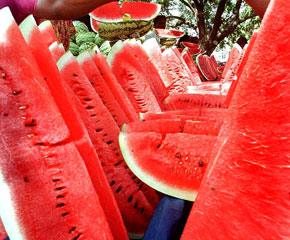The Glycemic Index (GI)
The glycemic index of food is a ranking of foods based on their immediate effect on blood glucose (blood sugar) levels. GI foods are scientifically proven to make you feel fuller for longer. Carbohydrates that breakdown slowly, releasing glucose gradually into the blood stream, have a low GI.
The Glycemic Load (GL)
The glycemic load (GL) is a ranking system for carbohydrate content in food portions based on their glycemic index (GI) and the portion size tell you how much of that carbohydrate is in a serving of a particular food which is vital in understanding its effect on blood sugar.
Low GI foods
Low GI foods are less than 55 on the glycemic index. Low GI foods take longer to digest so they’ll sit in your stomach for longer giving you a feeling of fullness. Eating these foods reduces insulin levels and helps you burn more body fat and less muscle, so that your metabolic rate is higher. Low GI diets can improve the body’s sensitivity to insulin and can help re-fuel carbohydrate stores after exercise. Foods that are low on the glycemic index will help alleviate mood swings and regulate energy levels.
How to switch to a low GI diet
Medium GI foods
Medium or intermediate GI foods have a glycemic index of between 55 and 75. Medium GI foods are also digested and absorbed more slowly, giving a slower and sustained release of energy and contributing to longer-lasting feelings of satiety. Medium GI foods should not be eaten as frequently as low GI foods and should be reserved for special treats.
Medium GI foods include:
Honey, basmati rice, pasta, white pita breads, apricots, muesli and apricots.
High GI foods
High GI foods have a glycemic index of more than 70. These are foods like white bread and potatoes and tend to spur a quick surge in blood sugar. They are digested and metabolised rapidly, triggering large fluctuations of blood glucose levels and insulin demand. A diet of high GI foods can lead to diabetes and heart disease. High GI foods are best eaten after exercise and help re-fuel carbohydrate stores.
High GI foods include: White breads, potatoes, fried food, pastries, sweets,an excess of watermelon.

